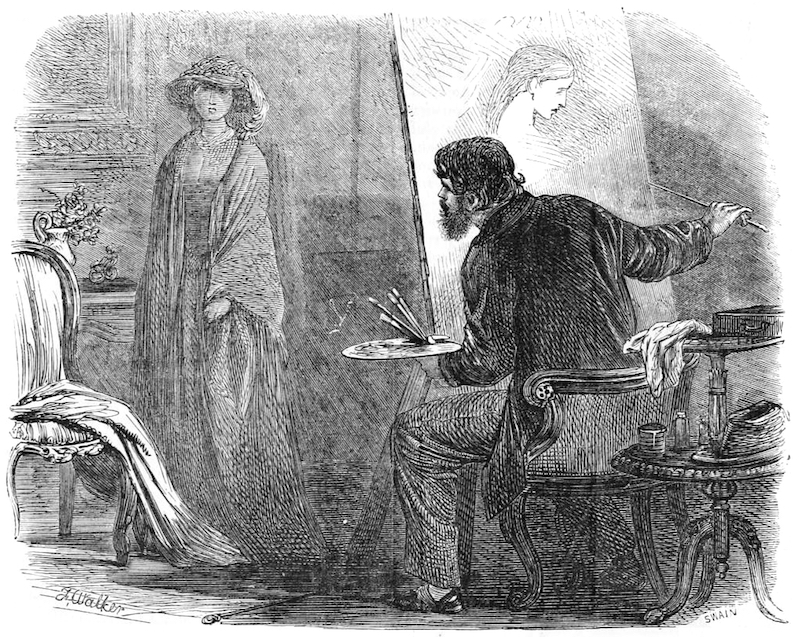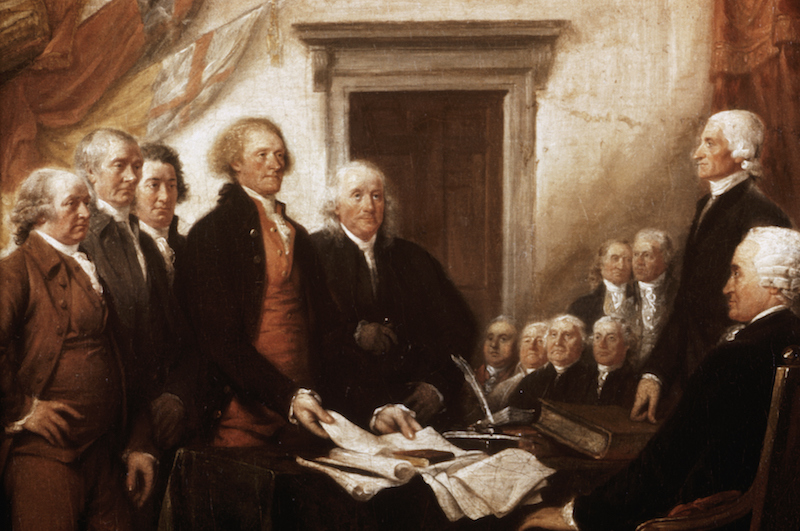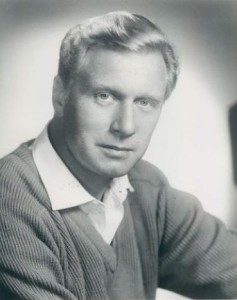Every author has their own method and reason for picking a fictional character’s name. We are calling up spirits, birthing new people (or magical creatures), and this decision is weighty. The line from the knight in Indiana Jones and the Last Crusade is applicable here: “You must choose. But choose wisely, as the true grail will bring you life, and the false grail will take it from you.”
When crafting believable historical fiction, there are some additional parameters in character naming—geography and era play a significant role. Certainly, I always begin by outlining the physical and emotional characteristics for each person as I explain in this previous post (I even take Myers Briggs tests as my characters, but that is a whole other future post).
When the name selection moment comes, I essentially have three parameters for choosing character names. The first, no surprise, is related to Shakespeare’s line, “What’s in a name?”…

One: Choose character names based on meaning
Years ago, there was a baby-naming book called Beyond Jennifer and Jason. Rather than providing Gaelic and Old English meanings, which are important to some authors, the names in that book were categorized by how people view those names. Primarily centered on the western world viewpoint (with some foreign categories), the first names were sorted by whether we viewed those people as creative, strong, odd, intelligent, troublesome, etc.
I loved this approach, and incorporated such thinking into my selections to ensure they fit the personalities of the characters I was building. Boys named “Arthur” are very likeable and reliable. I needed him to be that even in the moments when he wasn’t.
For my Native American characters, I needed a source to help me inject the meaning for a culture clearly not my own. For me, NativeLanguages.org was my source. Although the website a bit antiquated, and it required a donation, the resource allowed me to provide them details about personality, gender, nation, clan, era, and region. When I received each response, I was given name options along with explanations, and even nicknames. Authenticity is important, which for historical novelists, leads me to this suggestion…
Two: Choose an appropriate character name
A name that’s rife with meaning can become a stumbling block for readers if it doesn’t fit the time period or geography. Sources like newspapers, tombstones, and legal documents—if they exist for your time period—help ensure the name feels authentic to the era and your fiction.
For Carrying Independence, I first settled on my protagonist’s location and then I headed to the genealogy section of the library and studied birth and death records for the region and year. In one column I wrote all the first names I loved (for both men and women—for my protagonist has friends), and in the other column I wrote last names.
Then, like a teenager signing her name over and over to get it just right, I compiled first-and-last name combinations. Nathaniel Marten, Arthur Bowman, and Silas Hastings were born. (The latter was also an homage to the character Silas Marner by George Elliot—a book my grandmother loved, with a miserly character like my own.) However, choosing a name out of love must be coupled with asking if I can live with it…
Three: Choose an enduring character name
In early drafts of my Revolutionary era novel, Carrying Independence, I named my protagonist’s horse after King Arthur’s steed, Llamrei. It’s weird to pronounce, and the double “L” became an ongoing problem as I repeatedly spelled it wrong. After draft three, the horse became Bayard. That lesson, along with the realization that writing historical fiction sometimes takes years, helped me create a few parameters. For character names I ask myself, can I:
- Repeatedly say it and it will grow on me?
- Type it correctly every time?
- See the character or creature becoming one with the name?
- See the character’s name becoming memorable/repeatable for readers?
- Make sure isn’t too close in sound or spelling to the other names?
The latter is important to my father. He finds it frustrating when the main characters have names like Larry and Lemmy. There are 25 other letters of the alphabet to choose from, people. As for my mother, I know she and I are going to talk about these people as if they are people, and if we can’t get it right as I send her drafts, it’s not going to work. (Yes, my parents read my work.)
What parameters do you have for character names, or which character names do you remember most? For me, Indiana Jones will always remain one of my favorite character names, made even more memorable when it’s revealed by his father, “We named the dog Indiana!”
. . . . . . . . . . . . . . . . . . . . . . . . . . . . . .
Reader Insights: The name of my main character in my newly published short story, Mary Angela’s Kitchen, came from food. I was telling a friend about story idea—which came to me in a dream—while we ate pizza and tiramisu at an Italian restaurant. The place is called Mary Angela’s. You can order her story, which includes four recipes, as an ebook and also in print.
. . . . . . . . . . . . . . . . . . . . . . . . . . . . . .
For more history nerd posts like these, subscribe to the blog. For presentations about history or the craft of writing. Contact me for details.


